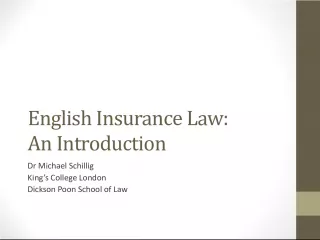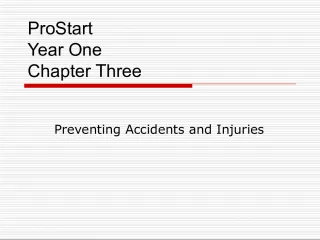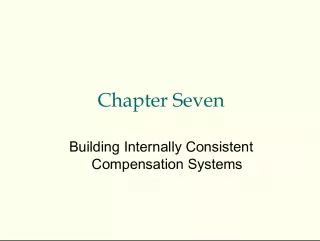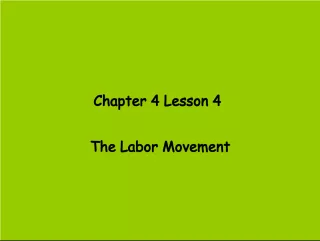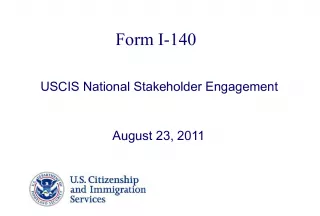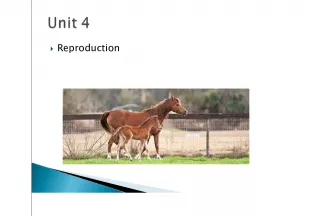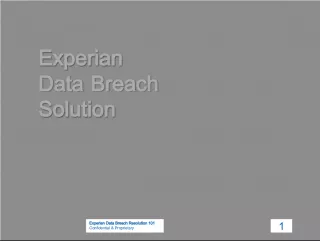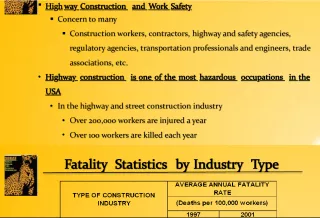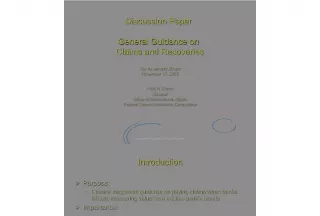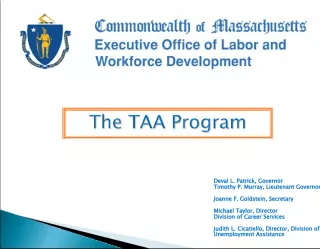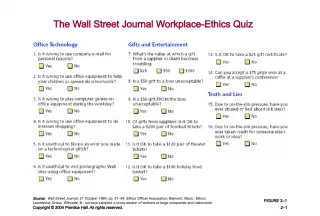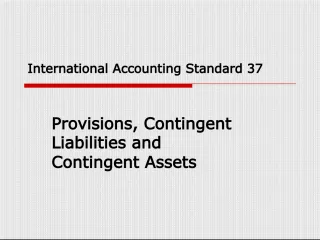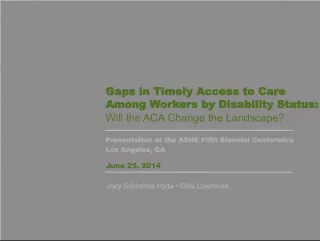Understanding Workers Compensation Insurance and Act


This article covers the definition of workers compensation insurance, its compulsory nature, benefits it provides, and the scope of coverage under the Workers Compensation Act.
- Uploaded on | 0 Views
-
 heller
heller
About Understanding Workers Compensation Insurance and Act
PowerPoint presentation about 'Understanding Workers Compensation Insurance and Act'. This presentation describes the topic on This article covers the definition of workers compensation insurance, its compulsory nature, benefits it provides, and the scope of coverage under the Workers Compensation Act.. The key topics included in this slideshow are Workers Compensation Insurance, Occupational injuries, Employer Responsibility, Exclusive Remedy, Maine Workers Compensation Act,. Download this presentation absolutely free.
Presentation Transcript
1. Definition of Workers Compensation Insurance Workers' Compensation Insurance is compulsory, meaning employers are required to provide workers compensation insurance for their employees. Workers Compensation Insurance provides for benefits for occupational injuries or disease suffered by an employee regardless of fault. Workers Compensation is an exclusive remedy for the coverage of work related injuries by the employer.
2. Workers Compensation Act Only those personal injuries that arise out of and in the course of employment are covered by the Maine Workers Compensation Act. An injury arises out of and in course of employment when it occurs while and because the employee is at work.
3. When To File A First Report of Injury Employee alleges an injury and requires medical attention and/or loses 1 or more days from work. Employee has 30 days to provide notice of injury. First Reports must be filed with the WCB electronically if the employee has lost 1 or more days from work. Failure to comply results in $100.00 penalty assessed by the WCB.
4. Questions Asked of Employer Was employee performing work duties when injured? Any personnel issues? Aware of employees outside activities? Witnesses Aware of prior claims or pre-existing conditions?
5. Red Flags Injury reported prior to layoff or retirement Job performance, attendance, disciplinary issues Concurrent employment Lack of medical documentation Employed short time Exaggerated systoms
6. Workers Compensation Benefits Seven day waiting period Weekly lost time benefits capped @ 520 weeks For injuries on or after 1/1/2013, the compensation rate is 2/3 the gross average weekly wage rather than 80% of the after- tax average weekly wage. Compensation for total incapacity
7. Workers Compensation Benefits Compensation for partial incapacity. Payment of death benefits (500 weeks) to the dependents of a worker whose death was work related. Payment for the loss of a specific body part. Maximum Compensation Rate is determined by date of injury and the amounts change annually on July 1 st .
8. Workers Compensation Coverages Eye Glasses Medical Doctor/Chiropratic Orthopedic Devices/Hearing Aids Dental Mileage Prescriptions
9. Wage Statements Must be filed with WCB within 30 days of knowledge of a claim for compensation. Enter Employees gross earnings for the past 52 weeks of payroll. Week 52 is the payroll week that includes the date of injury. Week 1 is payroll week from approximately one year prior to date of injury.
10. Fringe Benefit Worksheet Must be filed with WCB within 30 days of knowledge of a claim for compensation. Provide the cost of the fringe benefits being paid by the employer at the time of injury. Employers must notify insurer within (7) days when fringe benefits cease from being paid by employer.
11. W/C, Re-Employment & Reasonable Accommodation Light Duty/Alternative Work If employee refuses bona fide offer of reasonable employment without good and reasonable cause, may be disqualified from incapacity benefits Establish parameters for duration of any modified job assignment Coordinate strategy with claims management team. Avoid discrimination claims
12. Reinstatement Injured employee can seek reinstatement to his/her former position if the position is available and suitable to his/her physical condition. Otherwise, can seek reinstatement to any other available position suitable to the employees physical condition .
13. Reinstatement Do not have to reinstate to any position for which the employee is not qualified . Obligation to reinstate continues for one year from the date of injury, unless an employer has over 200 employees, then three years from the date of injury .
14. Litigation Trends Injuries that occur before or after work Injuries that occur as a result of violence Injuries that occur while an employee is traveling Injuries that occur from non-work activity or during non-work time Injuries that result from unexplained events, including falls Pre-existing conditions, m ental/stress injuries Gradual injuries
